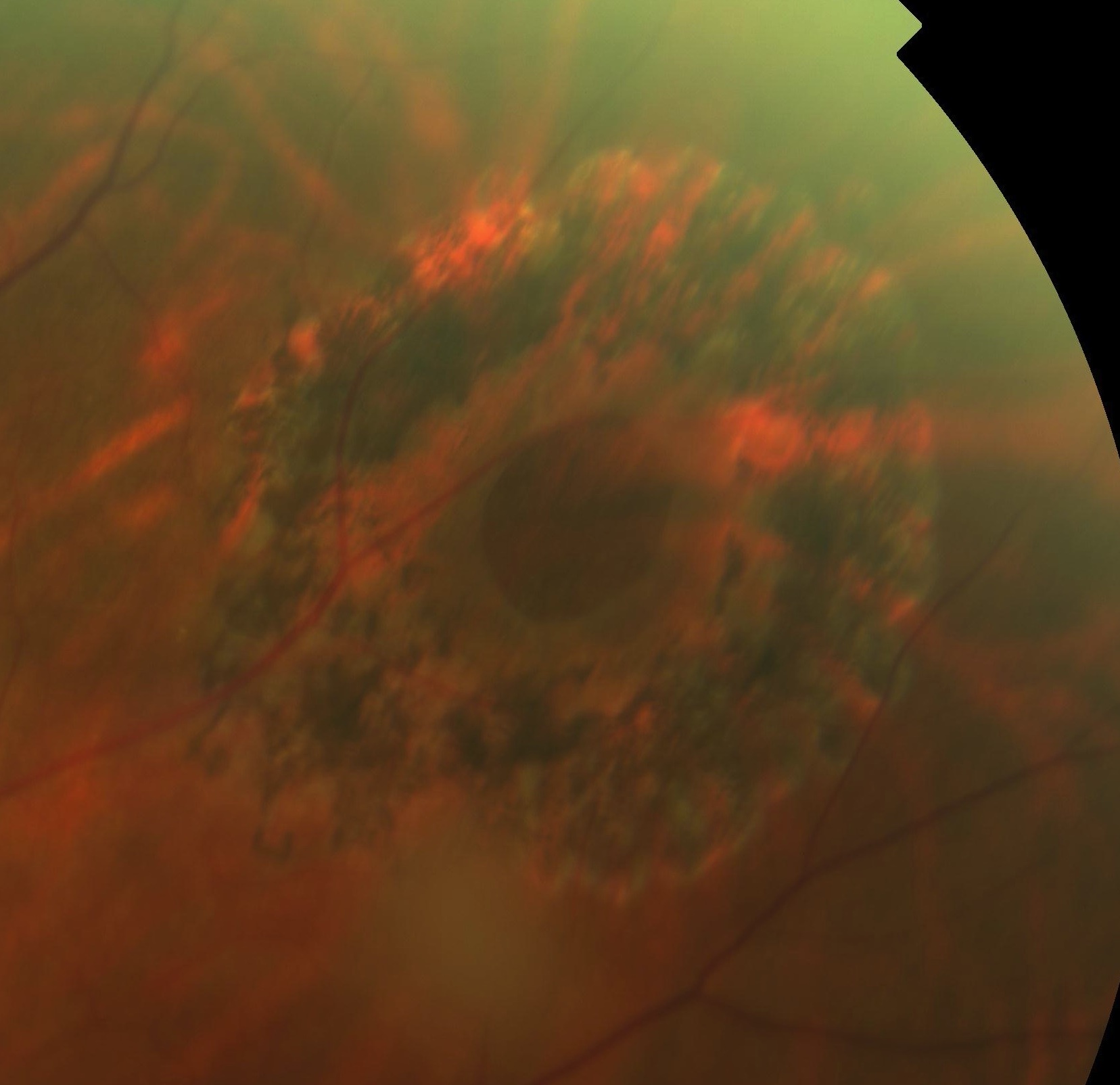 (212) 861-9797
(212) 861-9797
 (212) 861-9797
(212) 861-9797
Indirect laser eye treatments don’t involve mirrors. They are advanced laser treatments for serious eye conditions, such as a tear in your retina. Indirect laser procedures, such as an indirect laser retinopexy, can save your vision. And the best laser eye surgery doctors belong to Vitreous Retina Macula Consultants of New York. The oldest ophthalmology practice in NYC, VRMNY has the most experienced eye surgeons who are trained in medical laser techniques. When laser eye surgery can save your sight, call VRMNY to get the best care and the most favorable results.

A laser treatment entails the use of a focused, high energy beam of light to treat specific eye diseases. Indirect laser is one technique an ophthalmologist can use to deliver thermal or hot laser energy as a way to address multiple eye problems. Laser eye surgery is an advanced form of treatment and should only be performed by trained, experienced eye doctors.
A retina specialist uses a laser indirect ophthalmoscope (LIO) to focus the laser light on your retina to deliver effective treatment. The indirect ophthalmoscope is a leading-edge instrument used to view the peripheral part of your retina. The instrument works best for an area in the periphery. Your eye doctor may also use this laser treatment for a cataract or vitreous hemorrhage. The LIO can be an effective laser treatment for children with eye problems.
Effective laser eye surgery requires specialized skills and equipment. The ophthalmologists and retina doctors at Vitreous Retina Macula Consultants of New York (VRMNY) use advanced medical technologies for routine in-office procedures and more extensive surgical procedures. These NYC eye doctors perform a range of successful laser surgeries in addition to indirect laser procedures, such as:
The best laser eye surgery doctors in New York City rely on the indirect laser treatment for various eye problems. Conditions treated through this advanced laser technology include:
The method used for delivering the laser light can impact the safety and efficiency of the treatment. Your ophthalmologist has to be well versed in laser protocols. The eye surgeons at VRMNY not only have experience in this technique, but they’ve contributed to eye treatment research and innovations.
I just love Dr. Klancnick. He is caring, but more than that, he has taken the fear out of going to my Retina doctor. I now get injections directly into my eye, and needless to say this is a scary experience. Dr. Klancnick explains everything to me about the procedure and shows me my improvement. I was so lucky to find him when I moved back to Brooklyn. As I praise him, I must also praise his kind and professional staff. They are great!!!
JODI B GoogleIndirect last treatments have distinct benefits for those who suffer from eye diseases, including:
After an accurate diagnosis of your eye condition, the top laser eye doctor may choose an indirect laser procedure for more effective treatment. With the advances in laser technology, treatment for eye conditions and diseases is safer and more efficient. Your eye doctor at VRMNY leverages the advanced equipment at their NYC facilities for the best results.
Indirect laser eye treatments, such as an indirect laser retinopexy, are in-office procedures. Your ophthalmologist chooses this treatment method after thorough assessment of your eye condition, your medical history and diagnostic imaging. The eye doctors at VRMNY in New York City use individualized treatment plans for better results. Steps involved in indirect laser surgery include:
Your ophthalmologist explains the procedure during your consultation. The procedure is quick and painless, and it can potentially save your eyesight. Contact us today to learn about the best-rated eye specialists in New York City for the most effective laser treatments for your eyes.
Let us help you enjoy your life
Call: (212) 861-9797To Speak With An Appointment Coordinator Now